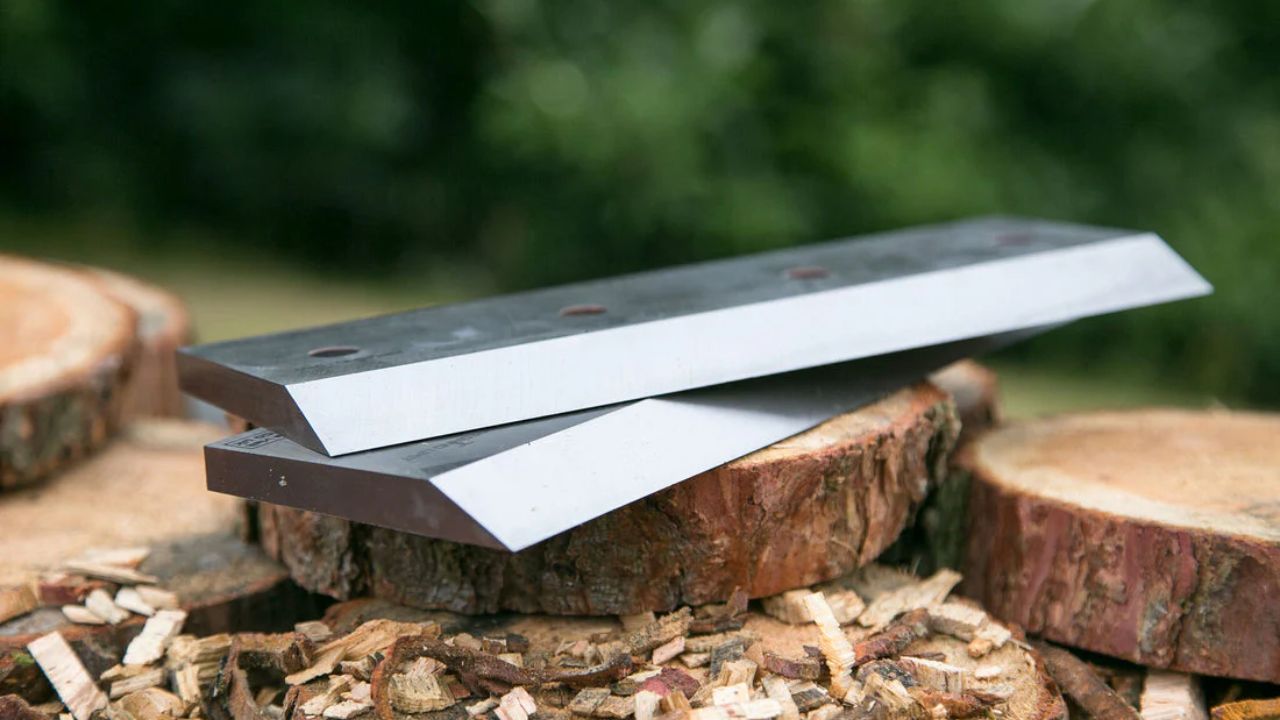The efficient operation of wood chipper blades depends on their ability to process tree limbs alongside branches together with different wood debris types. Wood chipper blades determine both operational performance and productivity levels in forestry landscaping and waste management sectors. The blades of wood chippers need to stay sharp and operational for maximum duration because this reduces maintenance expenses and replacement needs. The lifespan of woodchipper blades increases when operators maintain them properly and use them correctly.
Sharpening Blades at the Right Time
The machine requires a sharp blade to operate efficiently and reduce mechanical stress. The wood chipper requires extra effort when using dull blades which results in higher fuel consumption and potential engine harm. Regular blade sharpening services restore the edge to its original state which allows for precise cutting operations. Specialized sharpening tools combined with professional services will preserve proper blade angles while stopping material waste from occurring. High levels of blade sharpening should be prevented because they cause blade thinning and structural weakening.
Using the Right Type of Wood
The wood processing materials determine how long wood chipper blades will stay operational. The cutting process of pine and cedar wood produces less blade damage than working with oak or hickory hardwoods. The presence of foreign objects inside wood represents a severe threat to blades which results in chipping damage and eventual breakage. Wood pre-sorting procedures that remove metal fragments and rocks and debris from the wood material help protect blades from damage and increase their operational time.
Regular Cleaning and Maintenance
Wood chipper blades need regular cleaning procedures and maintenance to maintain their condition properly. Blade efficiency decreases when wood and sap and resin accumulate on the blades which leads to their dullness. Proper blade maintenance requires users to clear away debris and residue after each operation to stop corrosion and minimize blade wear. Special cleaning solutions for metal parts dissolve difficult-to-remove deposits from blades. Regular inspections of blades help identify minor issues before developing into major problems.
Proper Blade Installation and Alignment
A wrong blade installation method results in unbalanced blade wear and subpar cutting efficiency. The chipper’s cutting system requires blades that are both securely fastened and properly aligned for optimal performance. The machine experiences unnecessary tension when blades are misaligned, which leads to early blade dulling. The manufacturer’s installation guidelines, combined with proper screw tightening to specified torque values and regular loose part inspections, will optimize the machine’s performance.
Choosing High-Quality Blades
Wood chipper blades depend on their material composition to achieve durability. Tool steel combined with carbide-tipped blades provides excellent protection against wear and impact. Premium material blades cost more initially, but their longer service life combined with superior performance creates a financially advantageous option throughout their operational period. The durability of wood processing increases when users choose blades that match the wood type, and this selection also decreases replacement needs.
Conclusion
Proper blade longevity for wood chippers depends on proper maintenance routines, correct operational practices, and the selection of premium materials. The combination of blade cleaning procedures with necessary sharpening, appropriate wood selection, proper installation, premium blade investment, and appropriate storage methods will maximize blade durability and operational efficiency. These best practices simultaneously boost wood chipper-cutting performance and decrease operational expenses while extending the overall lifespan of the machine.


